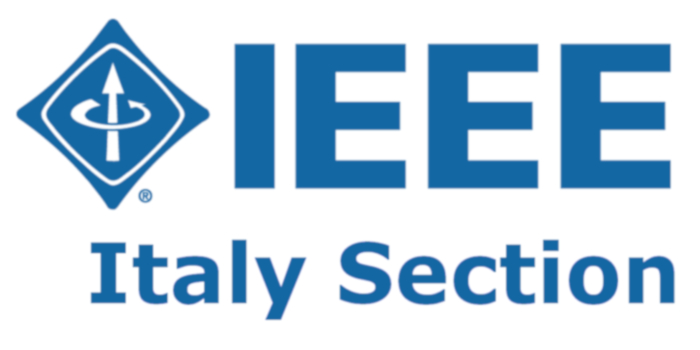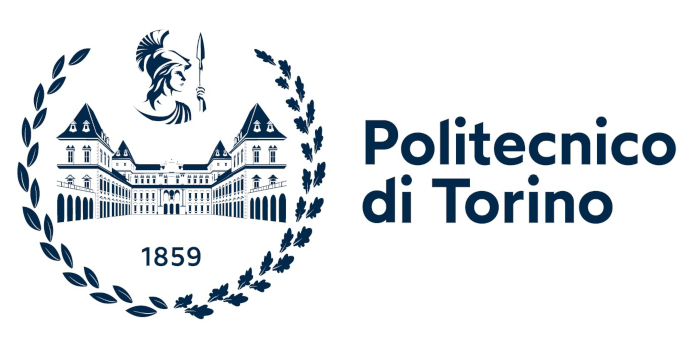TUTORIALS
6 July 2023 / Hour 08.30 – 10:30
TUTORIAL #1
Inductive charging systems for electric vehicles: basic concepts, design and standardization
Vincenzo Cirimele, University of Bologna, Italy
This tutorial aims to describe the basic principles, implementation architectures, and main electromagnetic modeling aspects of inductive-type wireless charging (IPT) systems for electric vehicles in both static and moving vehicle conditions.
The tutorial presents the main design equations and design aspects related to the choice of materials and components for power electronic converters, sizing and implementation of coils, compensation capacitors, and relevant aspects related to their effective circuit and electromagnetic modeling.
Part of the course also analyzes the main critical issues related to the integration of IPT systems in the highway environment through the practical experience gained during the realization of the Polito Charge While Driving i.e., the prototype of dynamic IPT system developed within the European project FABRIC.
The tutorial concludes with a quick excursus on the current international regulatory scenario.
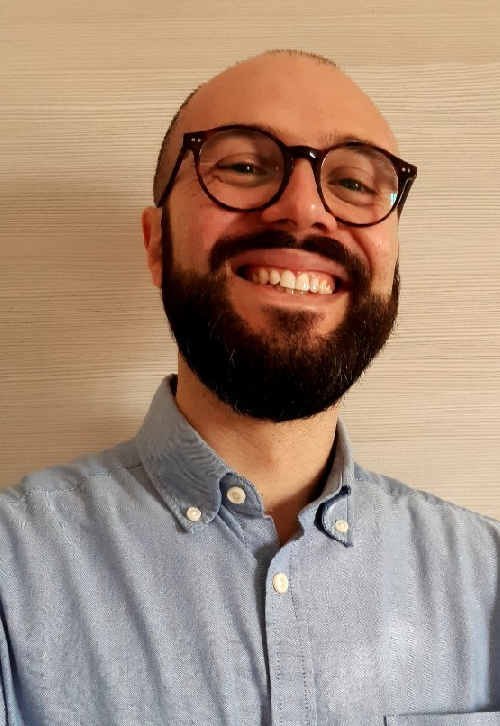
Vincenzo Cirimele received the M.Sc. in Electrical Engineering (summa cum laude) in 2013 from the Politecnico di Torino where he held the position of Assistant Professor at the Department of Energy “G. Ferraris” from November 2017 to September 2020.
In February 2017, he received the PhD in Electronics Engineering (with honors) from the Politecnico di Torino and the PhD in Electrical Engineering from the Université Paris-Saclay.
From September 2020 to November 2021, he was a technical responsible for the R&D and Innovation group of the company Movyon s.p.a. of Autostrade per l’Italia group where he supervised projects related to energy sustainability and development of highway electric mobility.
To date, he is a Senior Assistant Professor at the Department of Electrical, Electronic, and Information Engineering “G. Marconi” of the University of Bologna.
His research interests mainly concern technologies for electric mobility, inductive power transmission, electromagnetic modeling and simulation, and power electronics.
TUTORIAL #2
Skyrmionics: from the topology to the applications
Riccardo Tomasello, Politecnico di Bari, Italy
Magnetic skyrmions are fascinating, localized non-collinear textures which combine intriguing topological and applicative properties for information carrier applications. Initially studied and observed in bulk materials, nowadays they can be stabilized in a variety of systems spanning from magnetic multilayers to ferrimagnets. Skyrmions promise an unrivalled performance for a new generation of low-power devices – oscillators, detectors, unconventional computing – with the racetrack memory being the utmost investigated.
This tutorial aims at providing an overview on skyrmions, starting from their topological features, discussing the majority of the milestone discoveries, and reviewing technological applications up to the most recent device implementations.
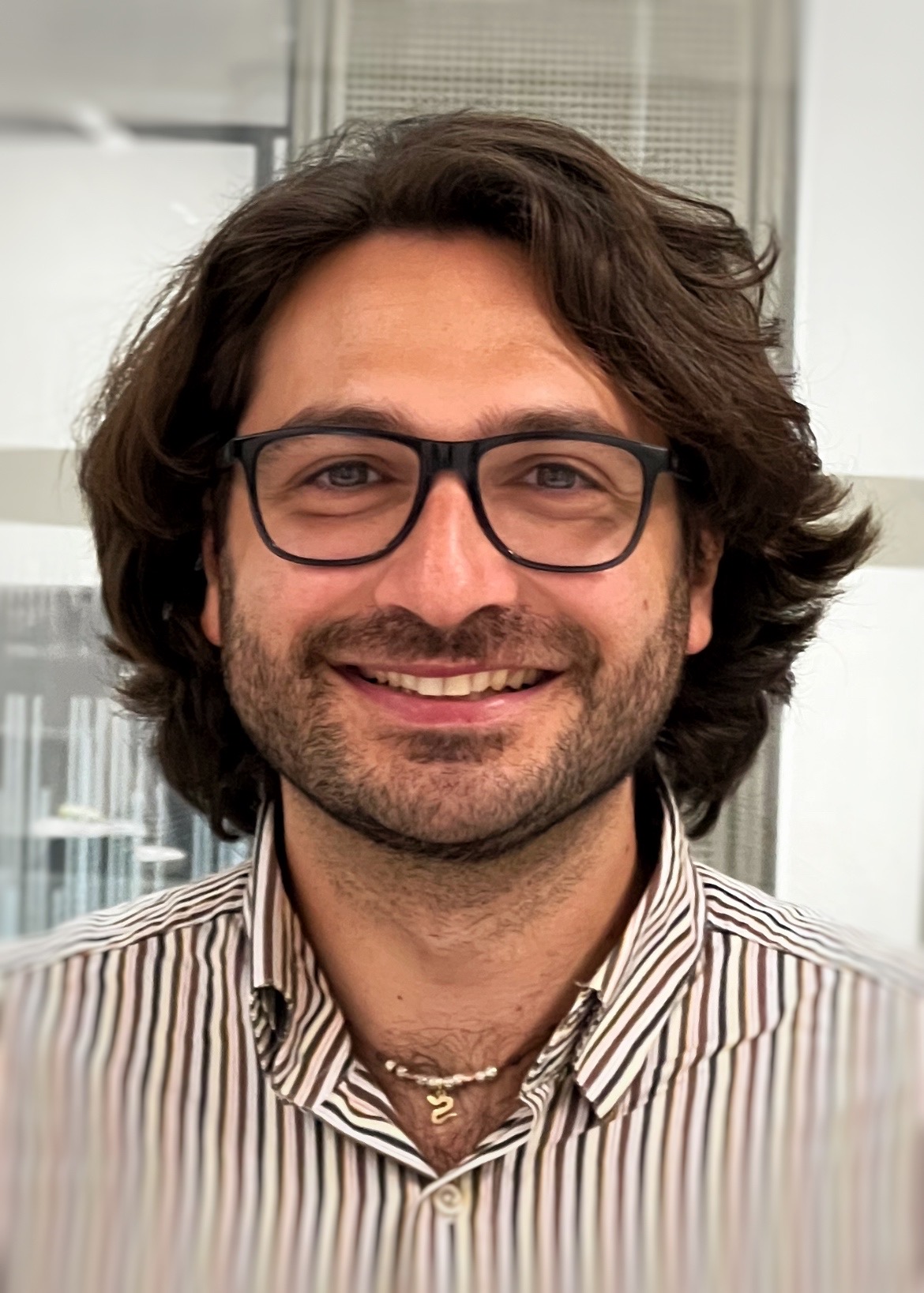
Riccardo Tomasello is an assistant professor (RTD-B) in the Department of Electrical and Information Engineering, Politecnico di Bari, Italy. In 2016, he received the European Ph.D. in “System and Computer Engineering” from the University of Calabria, Italy. He was a post-doctoral fellow at the University of Perugia, Italy, in 2016 and 2017, and at the Foundation for Research and Technology – Hellas, Heraklion, Greece from 2018 to 2021, where he was also the scientific coordinator of the project “ThunderSKY” (http://thundersky.iacm.forth.gr). His main research activity has been the theoretical study and micromagnetic modeling of spintronic devices (spin-torque nano-oscillators, spin-transfer-torque magnetic random-access memory, microwave detectors, energy harvesters), with particular focus on magnetic skyrmions. He was a visiting scholar at the Northwestern University, Evanston, University of California, Irvine, USA, University of Salamanca, Spain, and Bogazici University, Turkey.
TUTORIAL #3
Faber: a Hardware/Software Toolchain for Image Registration
Eleonora D’Arnese, Davide Conficconi, Politecnico di Milano, Italy
The Faber tutorial will guide the participants to discover how to automate and accelerate rigid image registration. It will focus on the exploration of the capabilities of Faber to support developers in designing, customizing, and deploying their image registration pipelines exploiting FPGA-based hardware accelerators with a cross-platform abstraction layer on top of PYNQ framework. The tutorial provides a general understanding of rigid/affine image registration while focusing on the principles at the basis of the development and integration of hardware accelerators within software pipelines. Finally, it allows the attendees to directly experience hands-on practice in the end-to-end development of the proposed image registration pipeline.
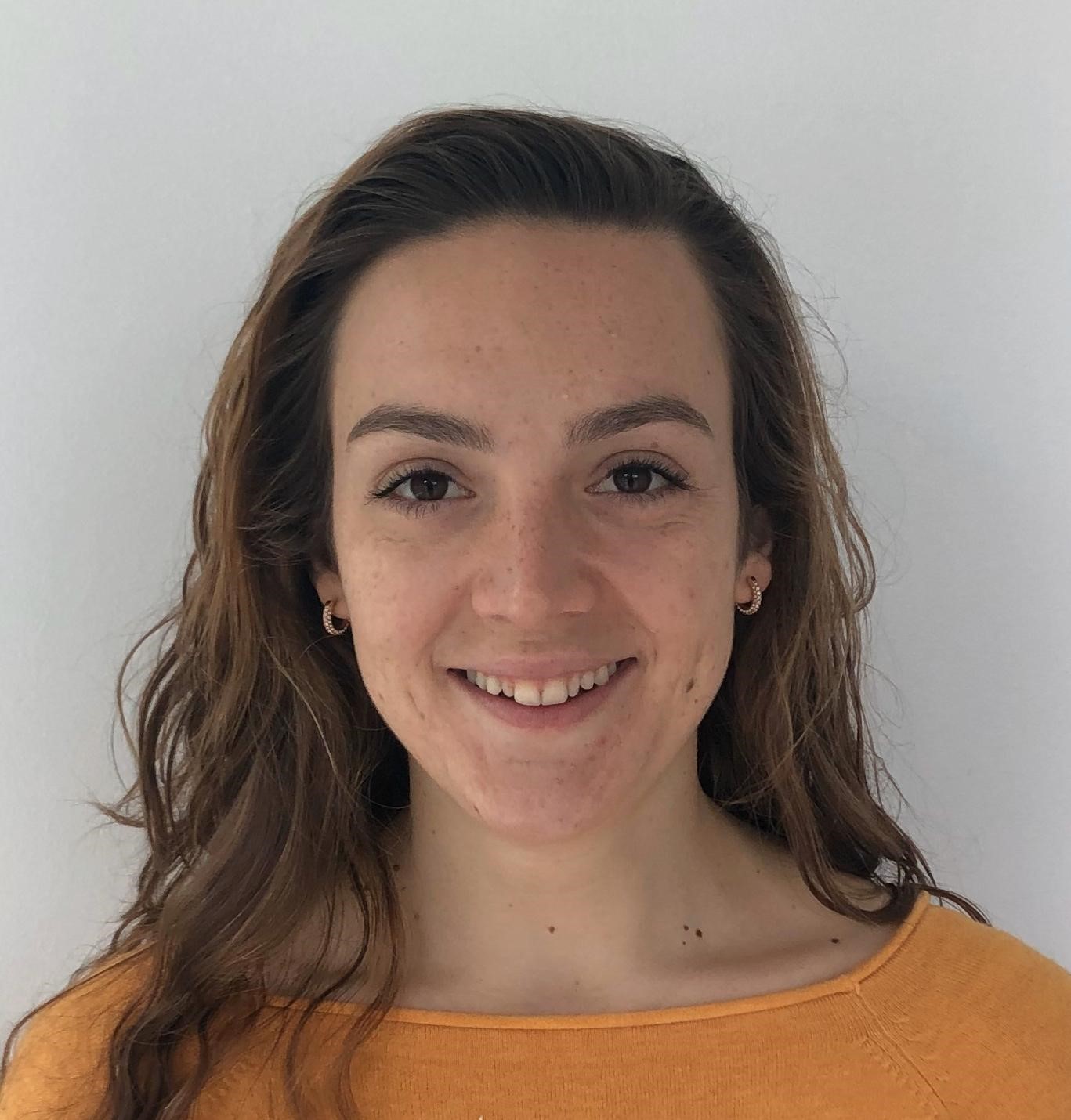
Eleonora D’Arnese got her B.Sc. and M.Sc. in Biomedical Engineering from Politecnico di Milano in 2016 and 2018, respectively. In 2018 she also received her M.Sc. in Bioengineering from the University of Illinois at Chicago, Chicago, IL, USA. She then received her Ph.D. in Information Technology in the area of Computer Science and Engineering from Politecnico di Milano. Currently, she is a Post-Doctoral Researcher at Politecnico di Milano, and her research focuses on the acceleration and optimization of medical image processing procedures and computer vision.
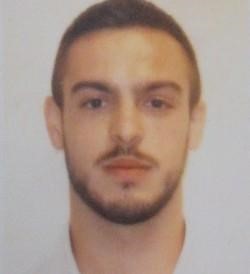
Davide Conficconi got his Ph.D. in Information Technology at Politecnico di Milano in 2022, where he is currently a Post-Doctoral researcher. He received his B.Sc. and M.Sc. in Computer Engineering from Politecnico di Milano in 2015 and 2018, respectively. His research interests revolve around domain-specific architectures combined with reconfigurable architectures, especially FPGAs, design methodologies, hardware-software interfacing, and design automation techniques. He is expanding his research interests toward quantum computing for acceleration and automation. He is serving in the Artifact Evaluation Committee of ASPLOS, CGO, PLDI conferences, and as journal reviewer for different boards of IEEE, ACM, Elsevier.

